Museums on the Air Re-visited GB0FP.
INTERNATIONAL MUSEUMS ON THE AIR GB0FP
first weekend
Well, Saturday morning was our first weekend of I.M.O.T.A this year. Andy G7LRR and Bob M0RWL started off the event with the call GB0FP.
Bob had a great pile up on 40m for most of the morning, with Andy trying hard on 20m. The band was not good. Lunch time saw Jo 2E0JJO and Chris 2E0CBW arrive, and Jo was put in the hot seat by Bob on 40m.
Jo left the shack at 11pm that night, after working over 180 stations on her own. Well done Jo; Great work for your first event,. We will have to watch out now, as we are told that she may be in the 80m cc contest. Mine and Jase’s scores may be at risk.
Chris 2E0CBW has some fun on 20m and 80m bands. It was hard work and signals were well down, but Chris pulled a good number out. Well done.
Big Jon M6HDX once again was like duck to water as he worked the pile up. Well, until someone hijacked his frequency. Jon had steam coming out of his ears.
Charlie 2E0CIK worked a good few on 40m but we all knew the pile up was waiting for the return of Jo so Charlie been the gentleman he is let Jo back on the radio once again the pile up went mad .
Funny bones Steve 2E0NSQ went on 40m in the late afternoon and had some great fun. His style of operating is not to be copied at all. Only Steve can get away with what he does. Ask Steve about his Welsh choir when 4 GW’s called in at once. Such a funny moment that only NSQ could have pulled off.
Sean 2E0SCA came alone on Sunday. Unfortunately we had problems with the logging software. This is all fixed now.
This weekend saw 453 contacts made, of which Jo had worked 180. Once again, well done to Jo.
We now have a score to beat for the next weekend.
Humber Fortress DX Chairman
Andy G7LRR
Weekend Number Two
The final weekend of museums on the air kicked off (not literally) on Friday evening.
Campers were in attendance with Andy G7LRR and Steve 2E0NSQ representing the caravan club. The campers also included Kevin 2E0KVK (AKA four sausages) and Val, Sean 2E0SCA, Steve 2E0BWP and John M0JBA. They had to brave some horrendous downpours under canvas. Saturday night saw Charlie 2E0CIK pitch camp for the bikers club.
The evening started off with a festive atmosphere contacts being made on 40 and 20 meters. Kevin 2E0KVK got his real first taste of a full blown pile up on 20m and enjoyed the experience. Well done Kev.
Bob M0RWL and John G6LNV added many more contacts to the tally.
Saturday arrived with the survivors proceeding to make contacts on various bands. Charlie 2E0CIK arrived, along with Jo 2E0JJO (happy new car Jo), Chris 2E0CBW and Jon M6HDX.
Steve 2E0OKP (AKA the phantom of the opera ) had some fun on 40m and is now getting his DX ears. Well done Steve.
On the Saturday we had the pleasure of helping two Cub Scouts achieve part of their communications badge. This required them to make a contact on Amateur Radio, which was made possible using 2 meters ,with a club member using the radio in their car. Both did extremely well, and showed interest in the hobby.
Saturday afternoon some fine weather finally arrived and the BBQ was dragged out. Thanks to Linda M6LGN, Jan 2E0NQS XYL , Val SWL, Andrew M6LRR for preparing large quantities of lovely food and the drinks.
Pat 2E0KCW arrived with his wife Kay (or was it the Duchess of Cambridge) having been working his way round the UK last week. Again, the evening led to the usual festive atmosphere with food drinks and good company.
John M0JBA worked 20m for some of the afternoon,John hunts down the QRP stations for us with his good ears.
Sunday morning saw the weary campers surface to more rain falling. Pat Arrived early and proceeded on the radio on 40 Meters with Andy G7LRR appearing and jumping straight on to 80 meters. Kevin 2E0OAH and Jo 2E0JJO arrived shortly afterwards.
The tally for the weekend was just about equal to the previous weekend giving us a total of 1047 QSO’s over the event.
QSL cards will be sent out asap by our QSL manager Trevor G1TDN pictured above.
S.A.S.E direct to Trevor G1TDN- no IRC please, or via the Bureau.
Thank you to everyone that took part and made both weekends of operating enjoyable. It was also a great social occasion to boot.
A big thank you to all that called into the station also and helped us to make it a great event.
Charlie 2E0CIK
Vice Chairman

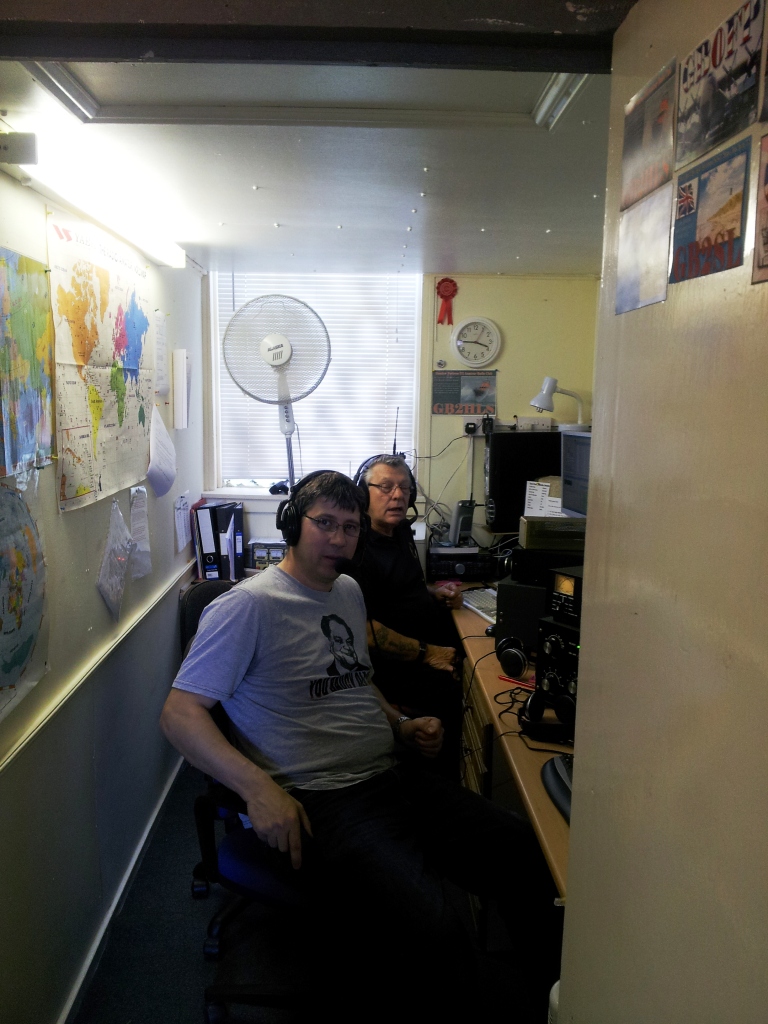

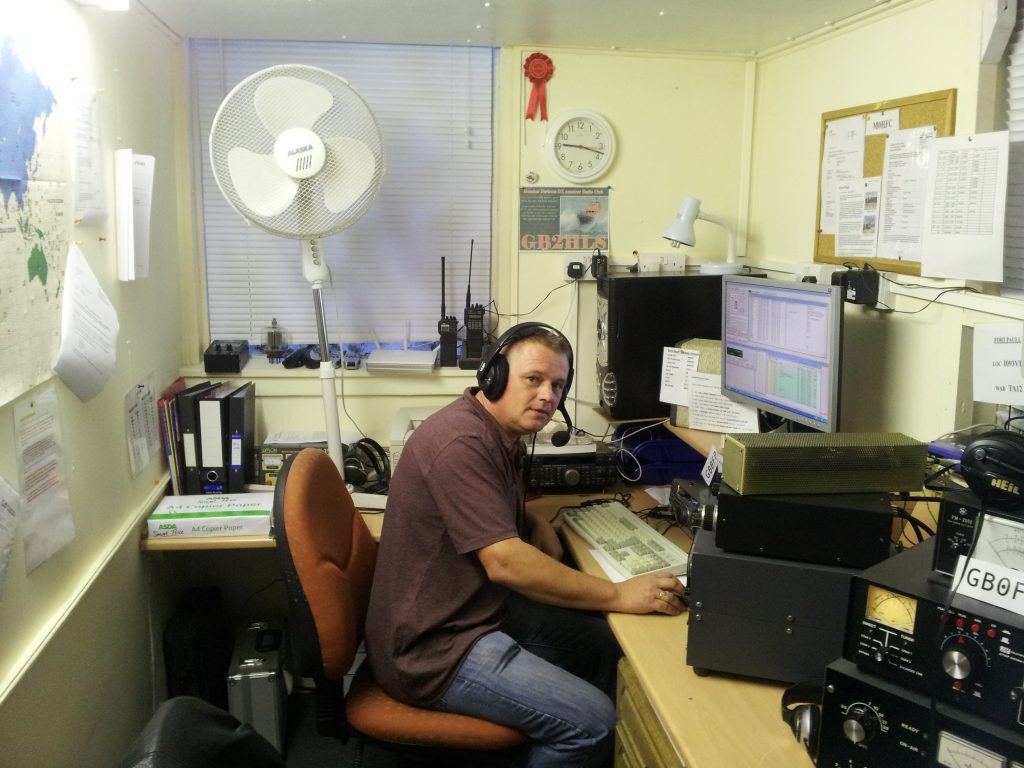

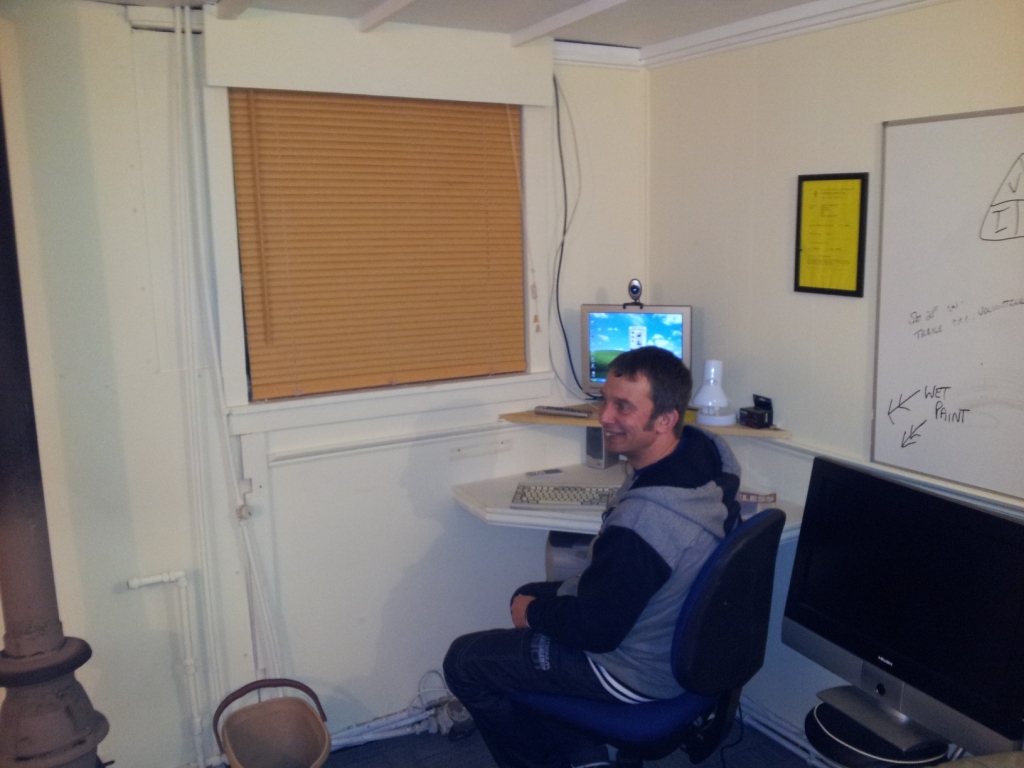
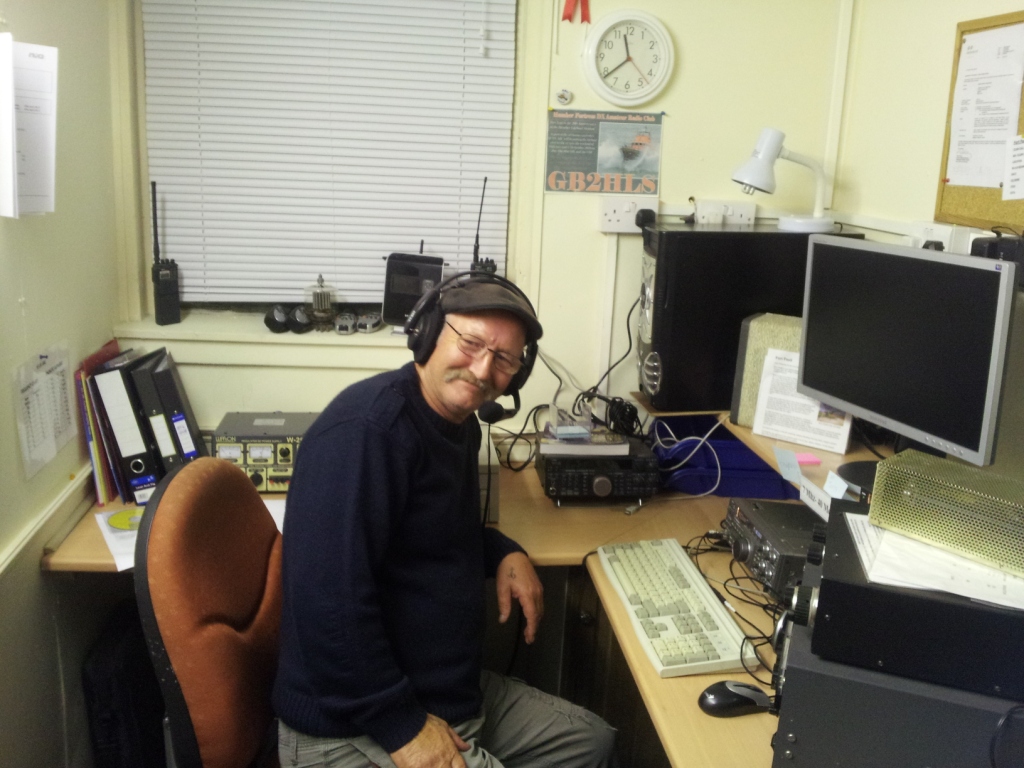
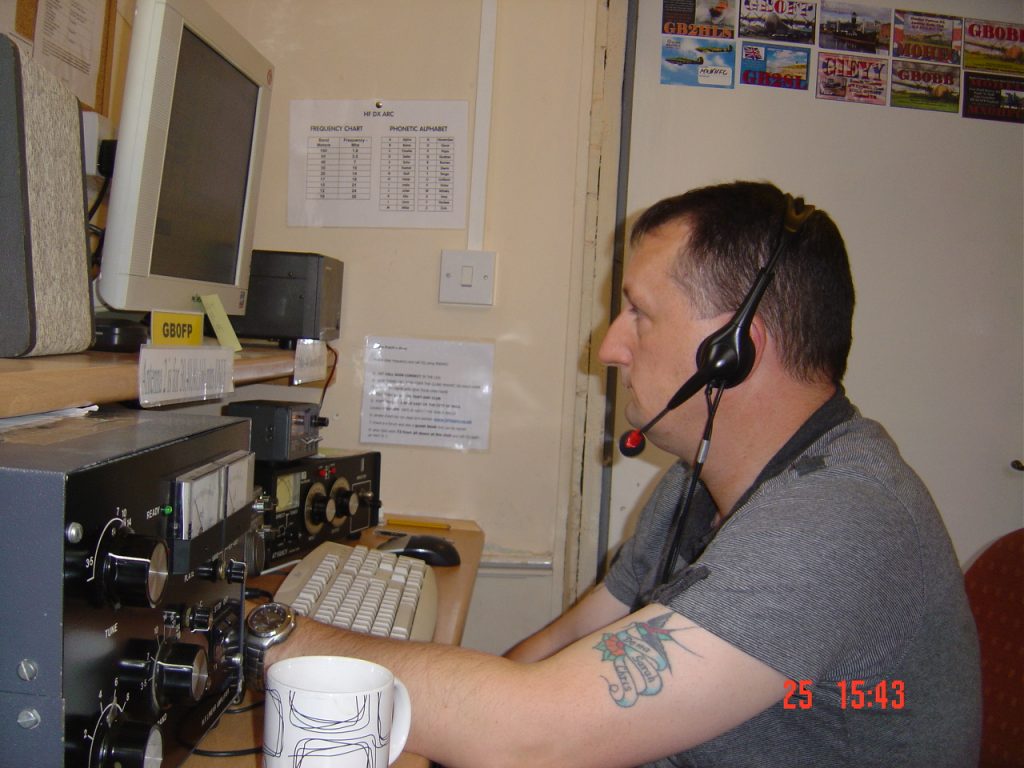
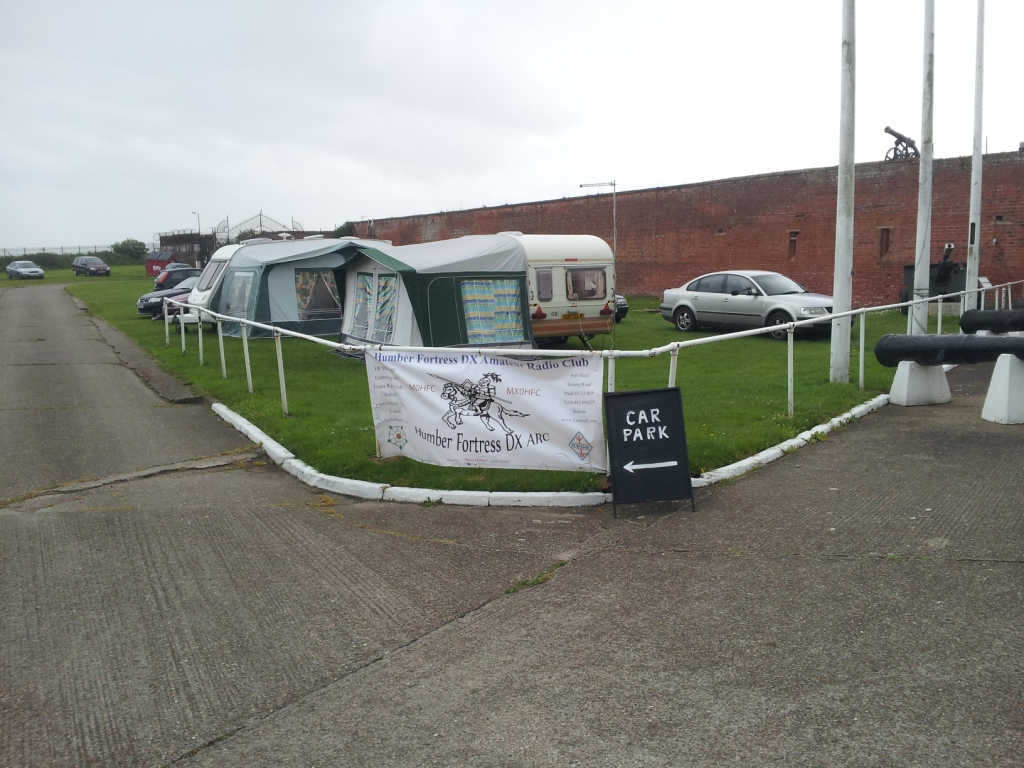
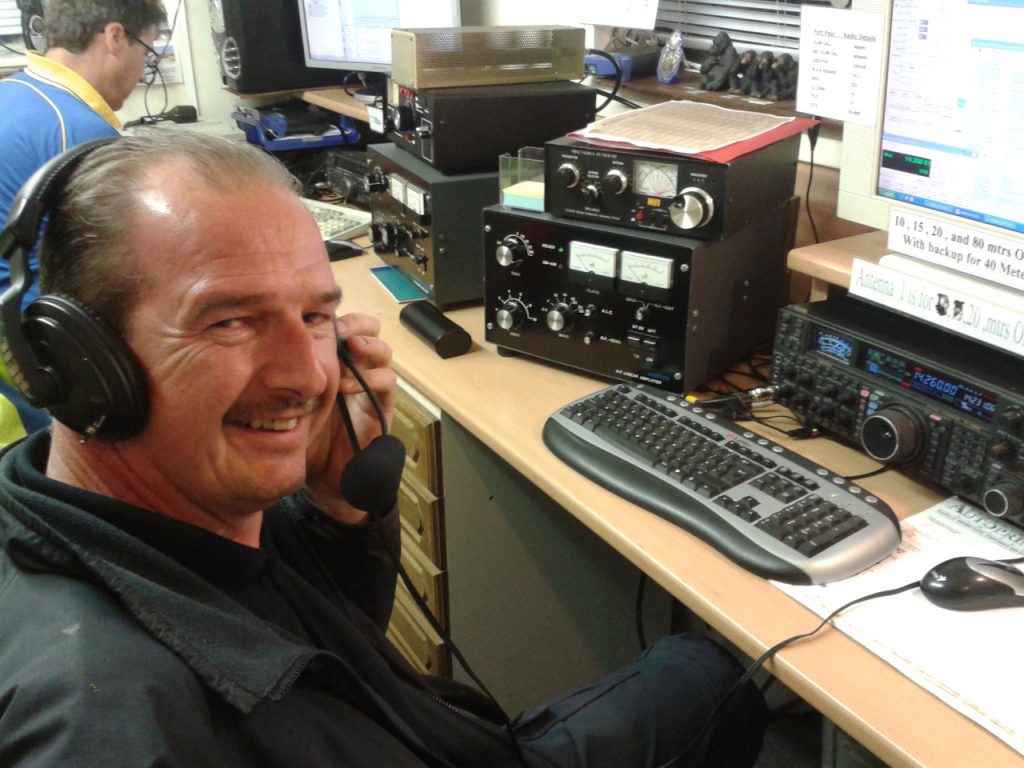
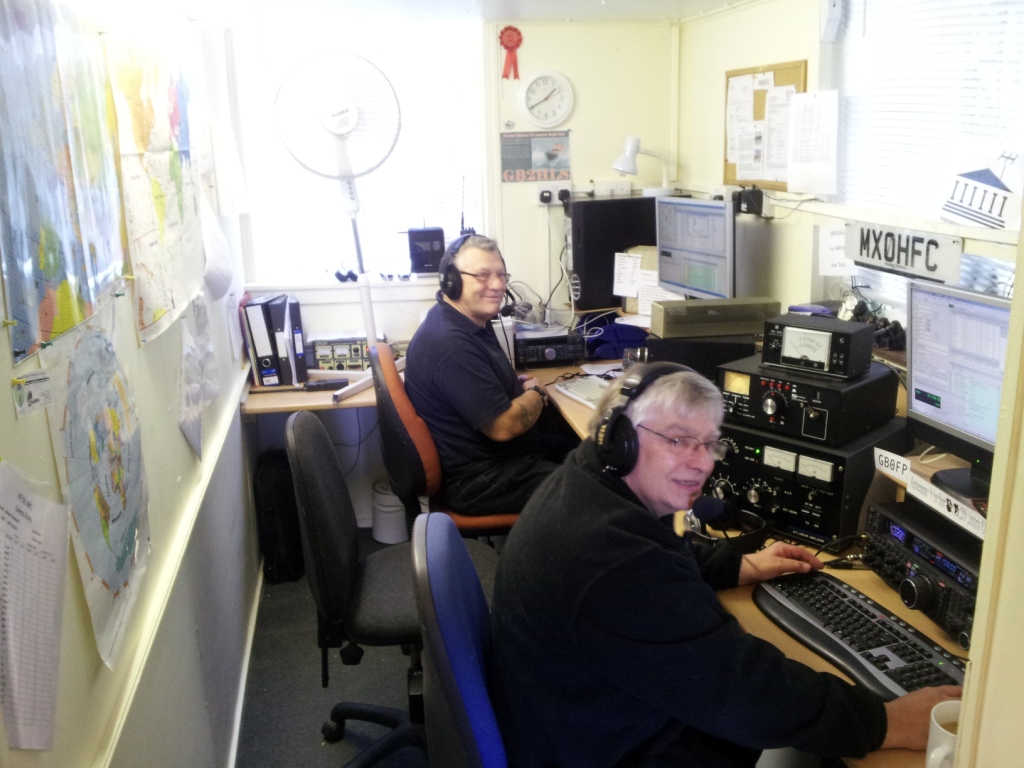
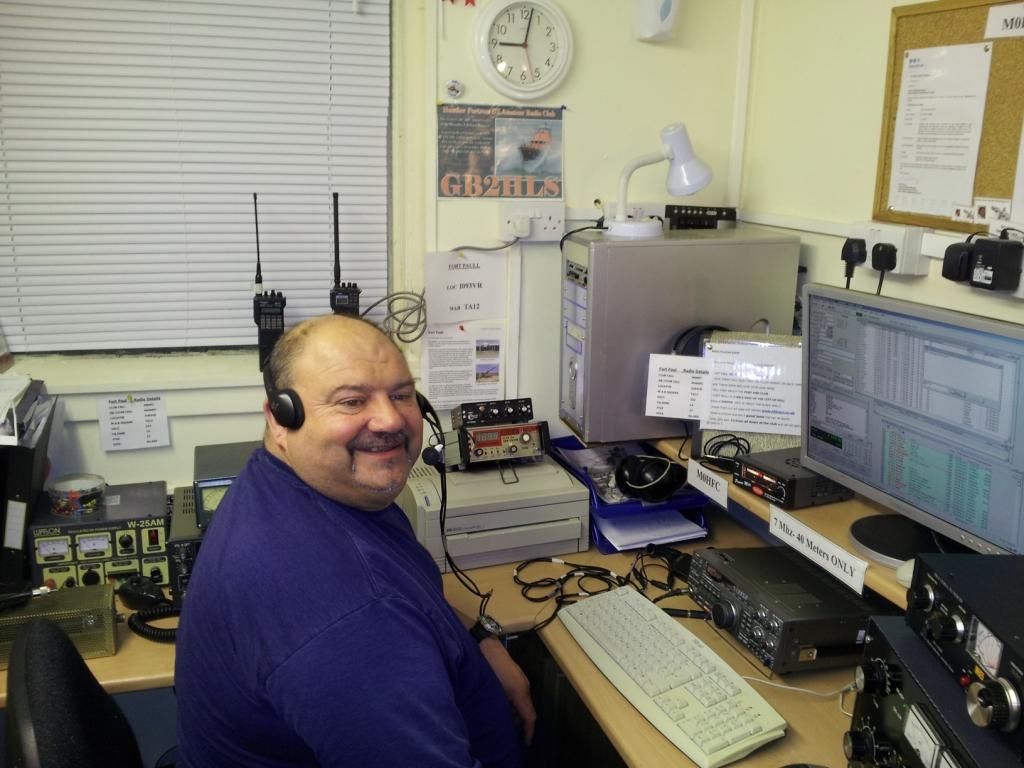
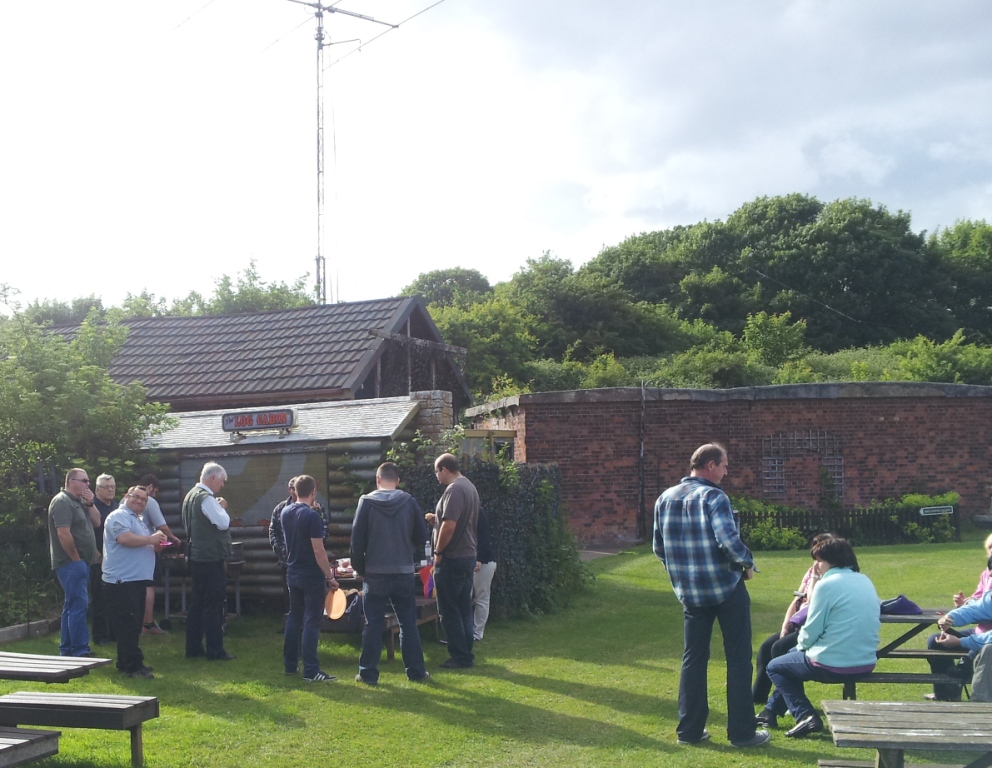
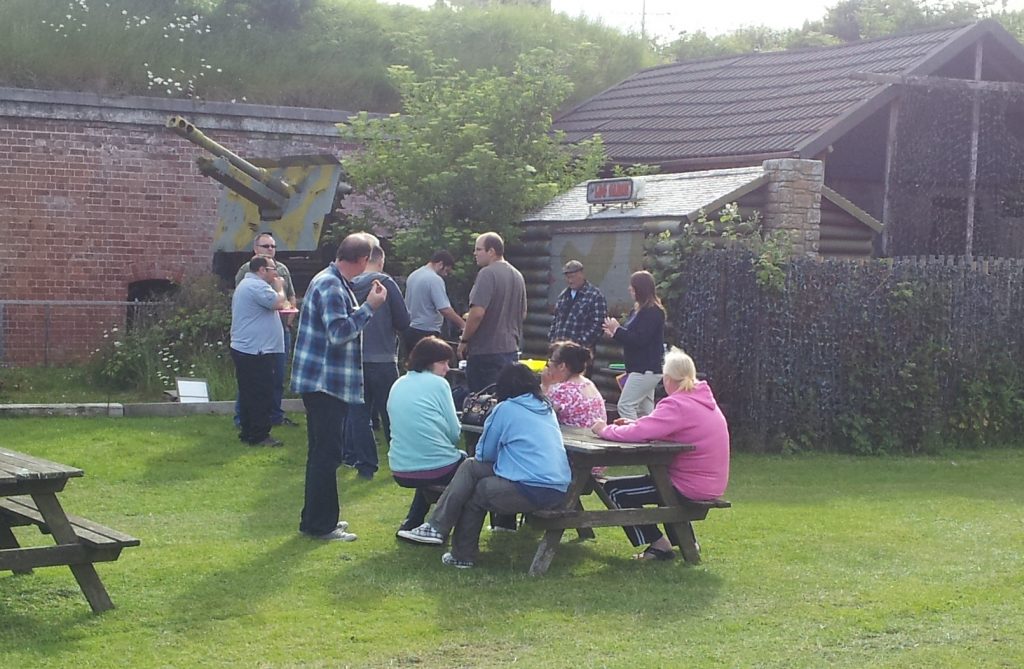



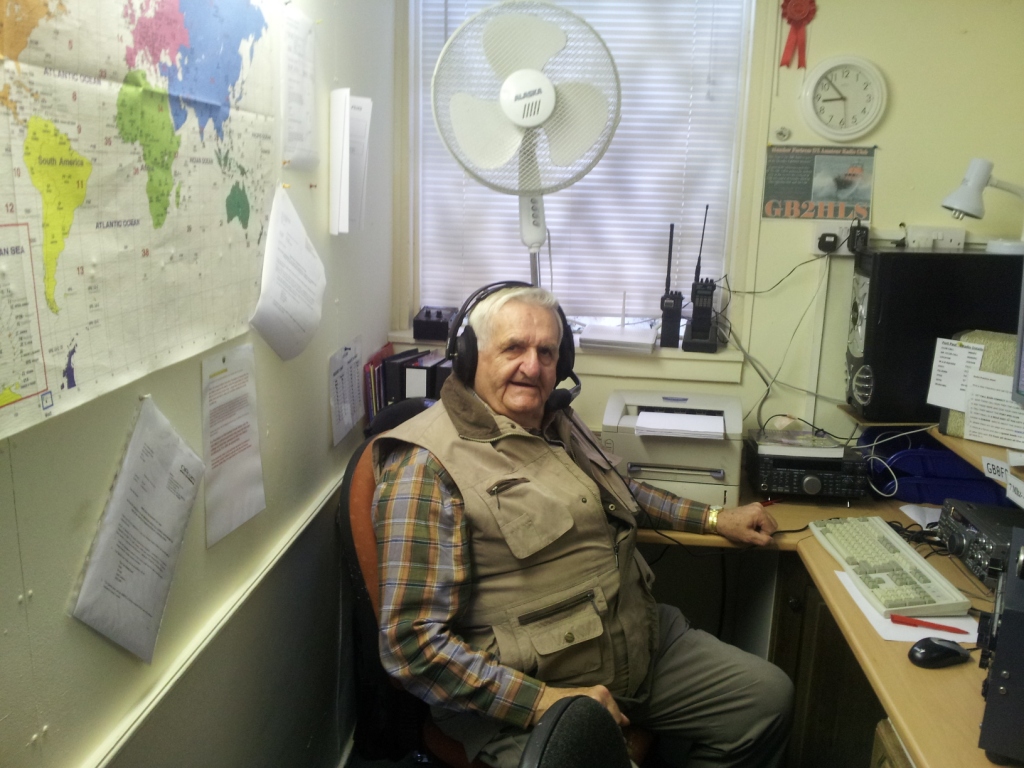
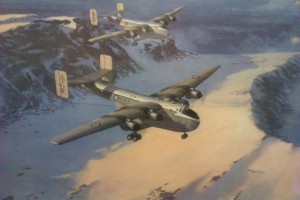
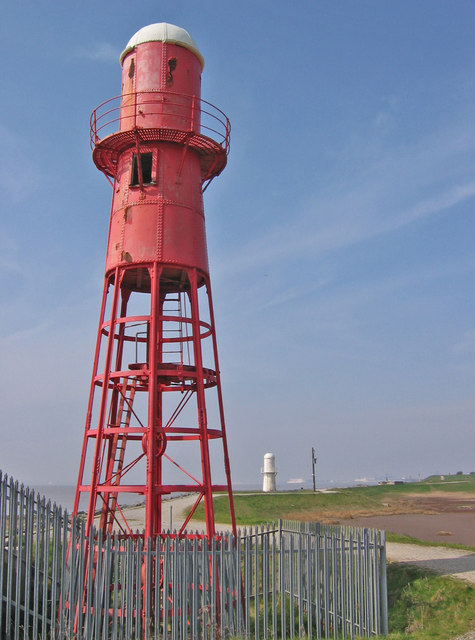

You must be logged in to post a comment.